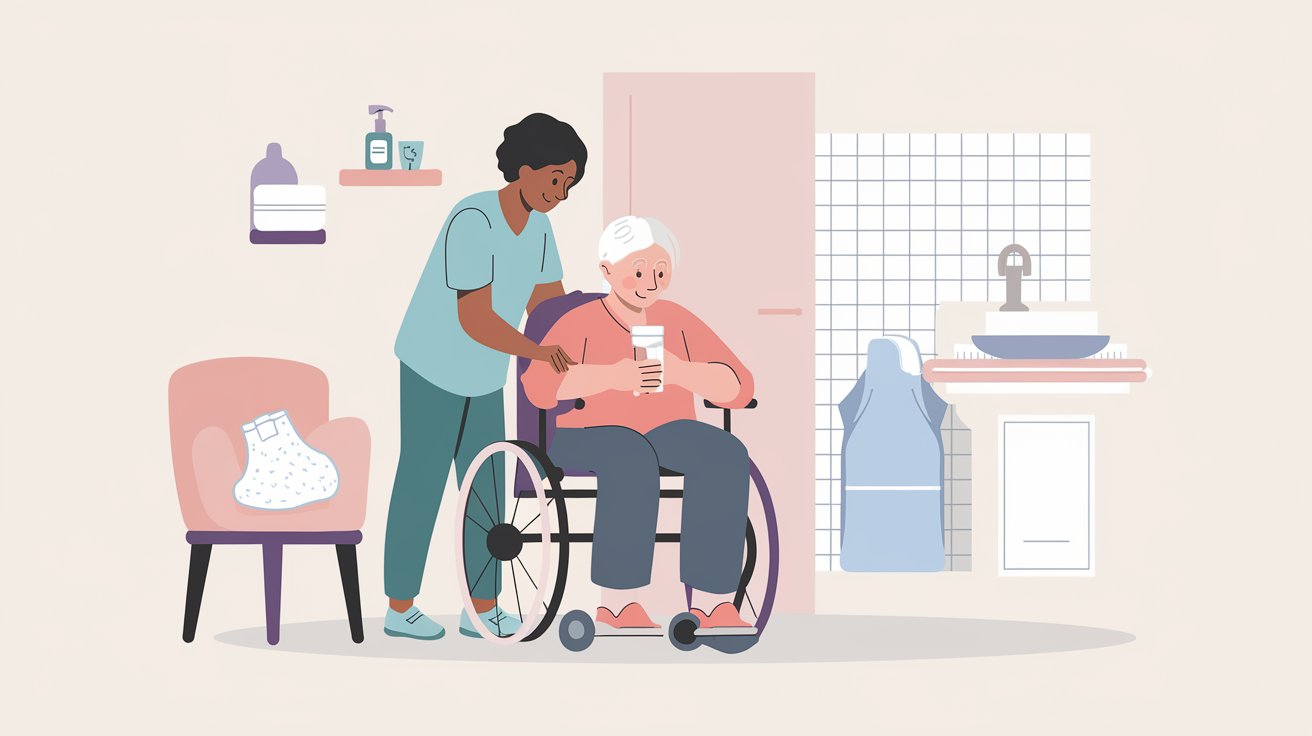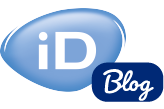Incontinence Explained
Incontinence is the involuntary loss of bladder or bowel control, and it can affect people of all ages, though it’s more common in older adults. Understanding the kinds and levels of incontinence will help you better manage your loved one’s condition and choose the right care strategies and products.
Kinds of Incontinence
There are several types of incontinence, each with its own causes and symptoms. Knowing the difference is key to choosing the right management plan.
-
- Stress Incontinence: This occurs when pressure is placed on the bladder, often triggered by actions like coughing, sneezing, laughing, or lifting heavy objects. It’s caused by weakened pelvic floor muscles.
- Urge Incontinence: Also known as overactive bladder, this involves a sudden and intense urge to urinate, followed by involuntary leakage. It can occur due to conditions like urinary tract infections, nerve damage, or other underlying health issues.
- Overflow Incontinence: This happens when the bladder doesn’t empty fully, leading to frequent dribbling or leakage. It’s often caused by an obstruction in the urinary tract or weak bladder muscles.
- Functional Incontinence: Occurs when physical or mental impairments, such as arthritis or dementia, prevent a person from reaching the bathroom in time. There’s no issue with the bladder itself, but rather with the individual’s ability to respond to their body’s signals.
- Mixed Incontinence: This involves a combination of stress and urge incontinence, where someone may experience leakage due to both physical pressure and an overactive bladder.
Levels of Incontinence
Incontinence varies in severity, and understanding the level of incontinence can help caregivers choose the right products and care approaches.
Light Incontinence
Description: Light incontinence is characterized by small amounts of leakage that occur infrequently, often during physical activity or due to mild urges.
Management: Light absorbency liners or small pads are usually sufficient. Encourage regular bathroom visits and pelvic floor exercises to strengthen bladder control.
Fluid Intake: Your loved one should drink about 1.5 to 2 liters of water per day. Dehydration can actually worsen incontinence, so it’s important not to limit fluids too much.

Medium Incontinence
Description: Moderate leakage occurs more frequently and can happen during the day or night. Your loved one may need to use the bathroom urgently or frequently, or they may experience a constant feeling of fullness in the bladder.
Management: Medium absorbency pads or pull-up pants provide better protection and comfort for more frequent leaks. Establishing a bathroom schedule can help manage urgency.
Fluid Intake: Maintaining healthy fluid intake is still important. Too little fluid can lead to concentrated urine, which can irritate the bladder and increase the risk of infections. Encourage regular sips of water throughout the day.

Heavy Incontinence
Description: Heavy incontinence involves frequent and larger amounts of leakage, often occurring throughout the day and night. It may be difficult for your loved one to make it to the bathroom in time, and they may need help changing products.
Management: High absorbency briefs, pads, or specialized incontinence underwear are necessary to manage large volumes of leakage. You may need to change products multiple times a day. Also, incorporating skin care routines to prevent irritation or rashes is crucial.
Fluid Intake: Even with heavy incontinence, it’s vital to stay hydrated. Avoid limiting fluids, as this can lead to dehydration and worsen bladder function. Sticking to 1.5–2 liters of water per day is ideal, though this can vary depending on specific health conditions

Product Solutions
Check out Using Our Products for the best solutions to manage incontinence comfortably and effectively.
Care Level Considerations
Depending on the severity, incontinence may require different levels of care. Visit Level of Care to understand what might be suitable for your loved one.
How Much Liquid Should Be Taken in Every Day?
One of the most common misconceptions is that reducing fluid intake will reduce incontinence episodes. However, limiting fluids can lead to dehydration, concentrated urine, and urinary tract infections, which can actually worsen incontinence.
-
- Daily Fluid Recommendation: Most adults should aim to drink around 1.5 to 2 liters (about 6-8 glasses) of water per day. This can be adjusted based on individual needs, activity levels, and medical conditions.
Encouraging your loved one to sip water throughout the day, rather than drinking large amounts all at once, can help manage incontinence more effectively. Avoiding caffeine, alcohol, and carbonated beverages may also reduce bladder irritation and the frequency of leaks.
By understanding the different kinds and levels of incontinence, you’ll be able to create a more comfortable care environment and choose the best products to keep your loved one dry and comfortable. To explore the products best suited for each level, visit our [Using Our Products] page, where we guide you through choosing the right absorbency, size, and fit for your loved one’s needs.
Caregiver Self-Care
Managing incontinence can be stressful. Make sure to visit our Taking Care of Yourself page for self-care tips.
Continue reading:

We have curated a list of informative articles that dive deeper into understanding the levels of care required for different situations. Take a moment to read these articles to gain a better perspective:
- What’s the difference between continence and incontinence? »
- The link between obesity and urinary incontinence »
- Prolapsed bladder 101: Causes, effect, and management »
- Can stress cause frequent urination? De-stress for better bladder health! »
- Types of Incontinence »
